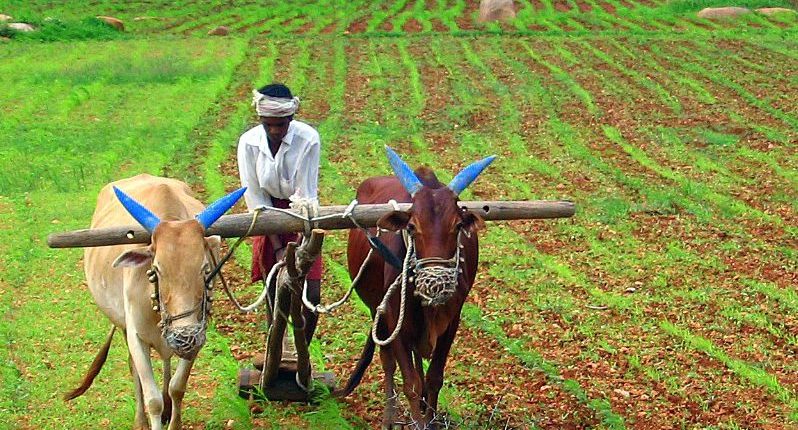According to NITI Aayog’s latest findings, farm loan disbursement to states has exceeded the cost of production in FY18. This suggests that the funds have deviated from the actual purpose of acquiring them and were used for other consumption purposes. Consequently, the Finance Minister has asked the state-owned lenders to review the agriculture portfolios.
The government wants to ensure that the priority-sector credit is utilised for the purpose they are distributed. Such credit facility is available at a heavily-subsidised interest rate of 4% p.a.
The review mentioned above is not intended to hinder the flow of credit but to improve its availability to the needy. Apparently, the government has announced a capital infusion of Rs.70,000 crore for the banks to step up lending transactions.
Also Read: Fintech market to touch $31 billion in 2020: Niti Aayog CEO
In its Annual Report 2017-18, NITI Aayog has explained why farm loan waivers are not effective in tackling the agrarian crisis. It is essential to sort this out in order to turn India into a $5 trillion economy in the next five years.
Being more specific about the issue, NITI Aayog has revealed that the crop loans to states such as Chandigarh, Delhi, and Puducherry are at 1,997%, 1,173%, and 816% respectively of their aggregate value of the cost of farm inputs and hired labour in FY18.
The point to be noted here is that these states are barely known for agriculture. Further, the value of inputs for other states is Kerala-274%, Himachal Pradesh-186%, Tamil Nadu-166%, Punjab-159%, Telangana-143%, and Andhra Pradesh-140%.
In contrast, the states that are heavily based on agriculture and deserved the subsidised farm credit has not availed the benefit. North-eastern states have availed the least fraction of the credit facility between 2% and 7% of their input cost, whereas Jharkhand has received loans of 11% of the cost of production.
On the same lines, West Bengal has received 17%, Maharashtra at 32%, Bihar at 33%, and Uttar Pradesh at 42%.
The statistics mentioned above makes it necessary for the state-wise agriculture commissions to review the agriculture loan portfolios to audit the rightfulness.
Crop loans can, then, be distributed well and seen that they are utilised only for the intended purpose; ensuring better farm income in the country.





